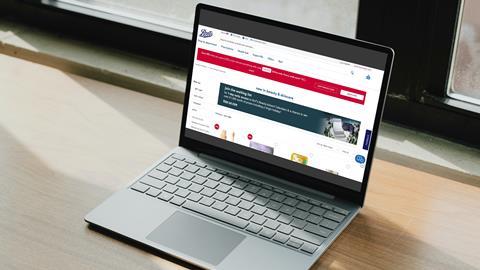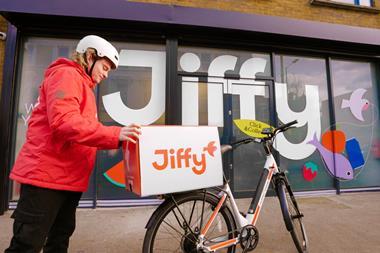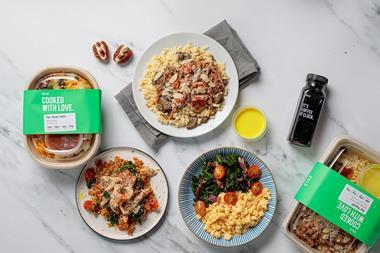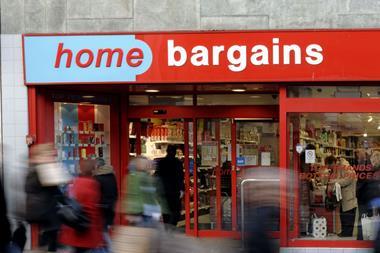As of next spring, third-party brands will be able to sell their products on Boots.com, the company announced this week. Brands will get access to the site’s one million monthly visitors.
And perhaps more importantly for Boots, it will represent an alternative to Amazon. Amazon is set to overtake Boots’ parent Walgreens Boots Alliance to become the top health and beauty retailer by gross merchandise value (GMV) sales in the UK by 2026, according to Edge by Ascential. In a recent report, the e-commerce insight business said it was a big mistake for health and beauty brands not to be on Amazon, unless they were happy to lose out to rivals.
It’s not the only reason Boots needs to make the move. Its latest trading update showed shoppers were returning to stores post-Covid, with sales up 24% in the third quarter to 31 May – but that footfall was still below pre-Covid levels. Not surprising really, since about half of its 2,247 stores are in high streets and town centres – locations that are typically suffering long-term footfall decline – according to data from CACI.
And in physical stores, Boots is losing ground in toiletries and personal care to the discounters, including the likes of Home Bargains. Hence, also this week, Boots launched a 60-strong value range of essentials.
So online is a key area where Boots can fight back. While the discounters have little to no online presence and Amazon is dominating the sphere, Boots is quietly growing. Its recent trading update revealed online accounted for 13% of its total sales – more than double the contribution before the pandemic. It has made that happen by upping its offer and offering faster fulfilment.
To take things to the next level, Boots has recognised it needs to offer greater choice. On that front, it has launched 70 new beauty brands since 2020, but it can’t offer the scale of a marketplace on its own.
Younger shoppers
Boots chief digital officer Paula Bobbett said the marketplace has enabled it to offer hundreds of new brands, as well as “new smaller and entrepreneurial” ranges. This is something it will need to do if it is to attract more teens – an area where analysts see Boots as struggling compared with Superdrug, which earlier this year announced plans for its own, similar third-party marketplace. The two retailers are even using the same software partner: French firm Mirakl.
Boots has no choice but to follow Superdrug’s move because “the younger shopper understands the whole concept of marketplaces in way older an older shopper doesn’t” says Catherine Shuttleworth, CEO of marketing agency Savvy.
Boots is also up against exciting operators such as Asos (with its own marketplace), and DTC operators such as Beauty Bay and Look Fantastic. A marketplace is one way to seem more current.
Sentinal Management Consultants CEO David Sables says: “Boots’ play is about needing to compete against the pureplay beauty companies. THG has consistently taken share away from the high street over the last five years and Boots and Superdrug have chosen the same route to stem the flow of lost shoppers and lost sales.”
It’s not a zero-risk strategy. Boots pointed out in its announcement that the new brands would benefit from its “reputation as one of the most trusted and respected brands in the UK”. That may be so, but since the third parties will be fulfilling orders themselves, Boots will also be to an extent entrusting that reputation to them. No wonder the marketplace will only be open to brands by invitation, following a vetting process.
Boots is already behind the curve with the move, given its marketplace is due to launch next spring, while Superdrug has signed up more than 200 brands and is due to launch this month. But given the multi-fronted battle Boots faces to stay on track, it’s better late than never.




















No comments yet